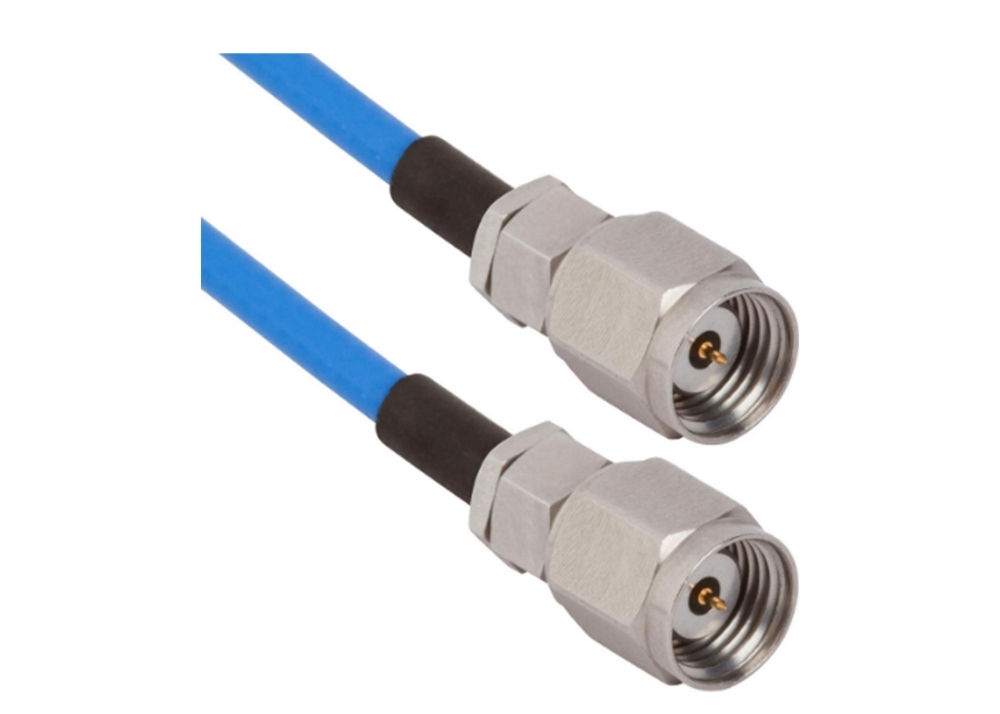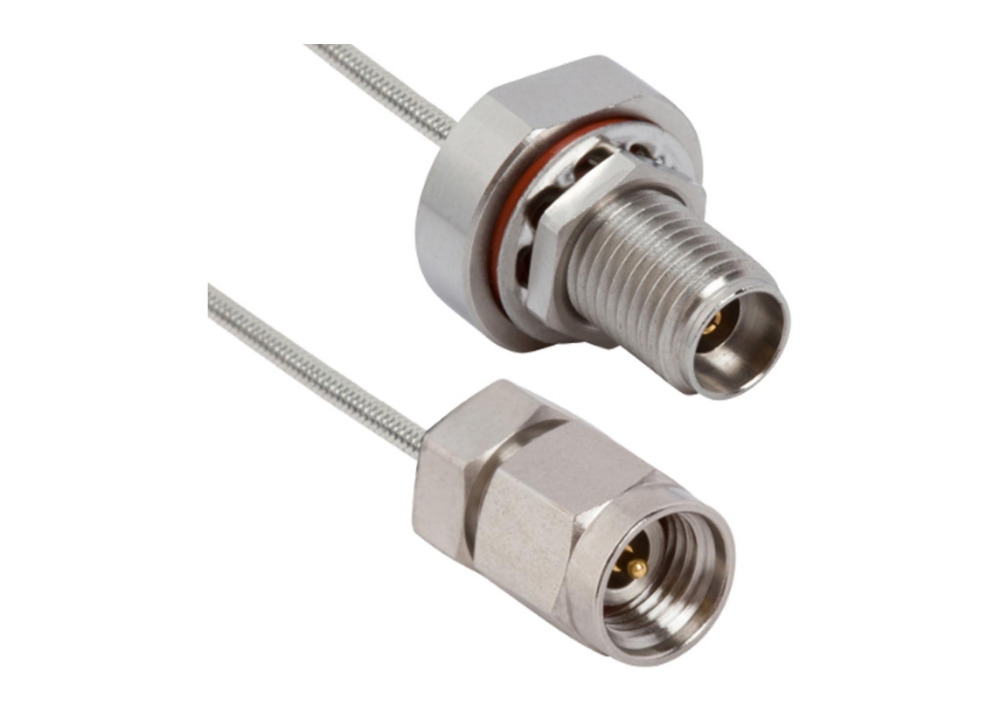How to Choose the Right Size of RF Cable?
Configuring the right RF cable assembly for your application can seem overwhelming to a new RF engineer. There is a lot to consider, like budget, functionality, length, diameter, and frequency. Simply put, you need the cable assembly to work, and you don’t want to overspend. So how do you choose? Let’s go over some of the most common RF cable types and what they mean for you.
There are three different types of RF cable: rigid, semi-rigid, conformable, and flexible. Of these, flexible cable assemblies are the most common. There are tons of options for flex cable out there, but the most common families are defined by the size of their diameter. The exact outer diameter can vary, but for RF these are the most common: Ø.047, Ø.086, and Ø.141. Your choice between these three types will depend on which factor is the most important to you: Insertion Loss (also called attenuation), Minimum Bend Radius, Frequency, and Overall Size and Weight. Each cable type handles each of these factors differently.
Characteristic | Ø.047” | Ø.086” | Ø.141” |
Insertion Loss | Highest | Medium | Lowest |
Minimum Bend Radius | Tightest | Medium | Largest |
Frequency | Highest | Medium | Lowest |
Overall Size/Weight | Smallest | Medium | Largest |
Though overall performance can be affected by things like cable length, environment, and the RF cable connector chosen, generally speaking, the chart above
provides a good rule of thumb. Essentially, the diameter of the cable is directly proportional to the Insertion Loss (attenuation) and Overall Size and Weight and inversely proportional to the maximum frequency and minimum bend radius.
What does this mean for your design? If you need minimal Insertion Loss or your system is big and heavy, pick the largest diameter cable you can work with: either Ø.141” or Ø.086”. If your system has tight routing and you need to minimize your bend radius, or you need to operate through 60+ GHz, choose Ø.047” or the smallest RF cable you can. Remember, the overall performance of your cable assembly can also be impacted by connector choice. Contact our Application Engineers at applications@svmicro.com to discuss exact configurations, or use the Contact Us form on our website.
Need to prototype an RF assembly for your system? Head over to our Rapid Response Cable Builder and design your assembly.
recent releases
How to Choose the Right Size of RF Cable?
Configuring the right RF cable assembly for your application can seem overwhelming to a new RF engineer. There is a lot to consider, like budget, functionality, length, diameter, and frequency. Simply put, you need the cable assembly to work, and you don’t want to overspend. So how do you choose? Let’s go over some of the most common RF cable types and what they mean for you.
There are three different types of RF cable: rigid, semi-rigid, conformable, and flexible. Of these, flexible cable assemblies are the most common. There are tons of options for flex cable out there, but the most common families are defined by the size of their diameter. The exact outer diameter can vary, but for RF these are the most common: Ø.047, Ø.086, and Ø.141. Your choice between these three types will depend on which factor is the most important to you: Insertion Loss (also called attenuation), Minimum Bend Radius, Frequency, and Overall Size and Weight. Each cable type handles each of these factors differently.
Characteristic | Ø.047” | Ø.086” | Ø.141” |
Insertion Loss | Highest | Medium | Lowest |
Minimum Bend Radius | Tightest | Medium | Largest |
Frequency | Highest | Medium | Lowest |
Overall Size/Weight | Smallest | Medium | Largest |
Though overall performance can be affected by things like cable length, environment, and the RF cable connector chosen, generally speaking, the chart above
provides a good rule of thumb. Essentially, the diameter of the cable is directly proportional to the Insertion Loss (attenuation) and Overall Size and Weight and inversely proportional to the maximum frequency and minimum bend radius.
What does this mean for your design? If you need minimal Insertion Loss or your system is big and heavy, pick the largest diameter cable you can work with: either Ø.141” or Ø.086”. If your system has tight routing and you need to minimize your bend radius, or you need to operate through 60+ GHz, choose Ø.047” or the smallest RF cable you can. Remember, the overall performance of your cable assembly can also be impacted by connector choice. Contact our Application Engineers at applications@svmicro.com to discuss exact configurations, or use the Contact Us form on our website.
Need to prototype an RF assembly for your system? Head over to our Rapid Response Cable Builder and design your assembly.












